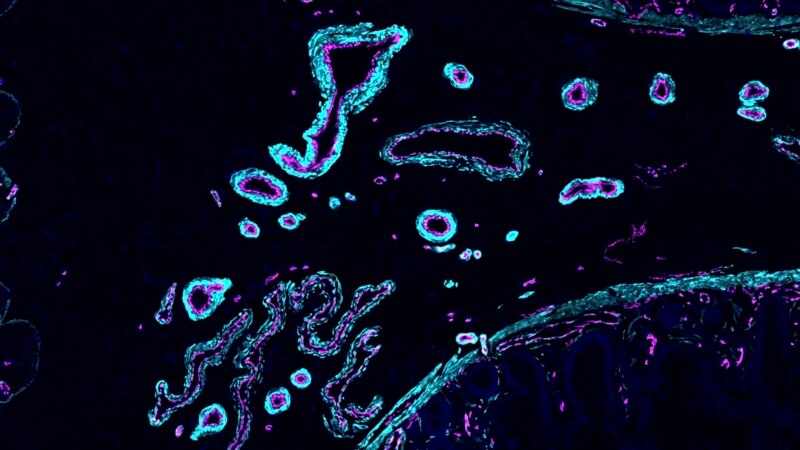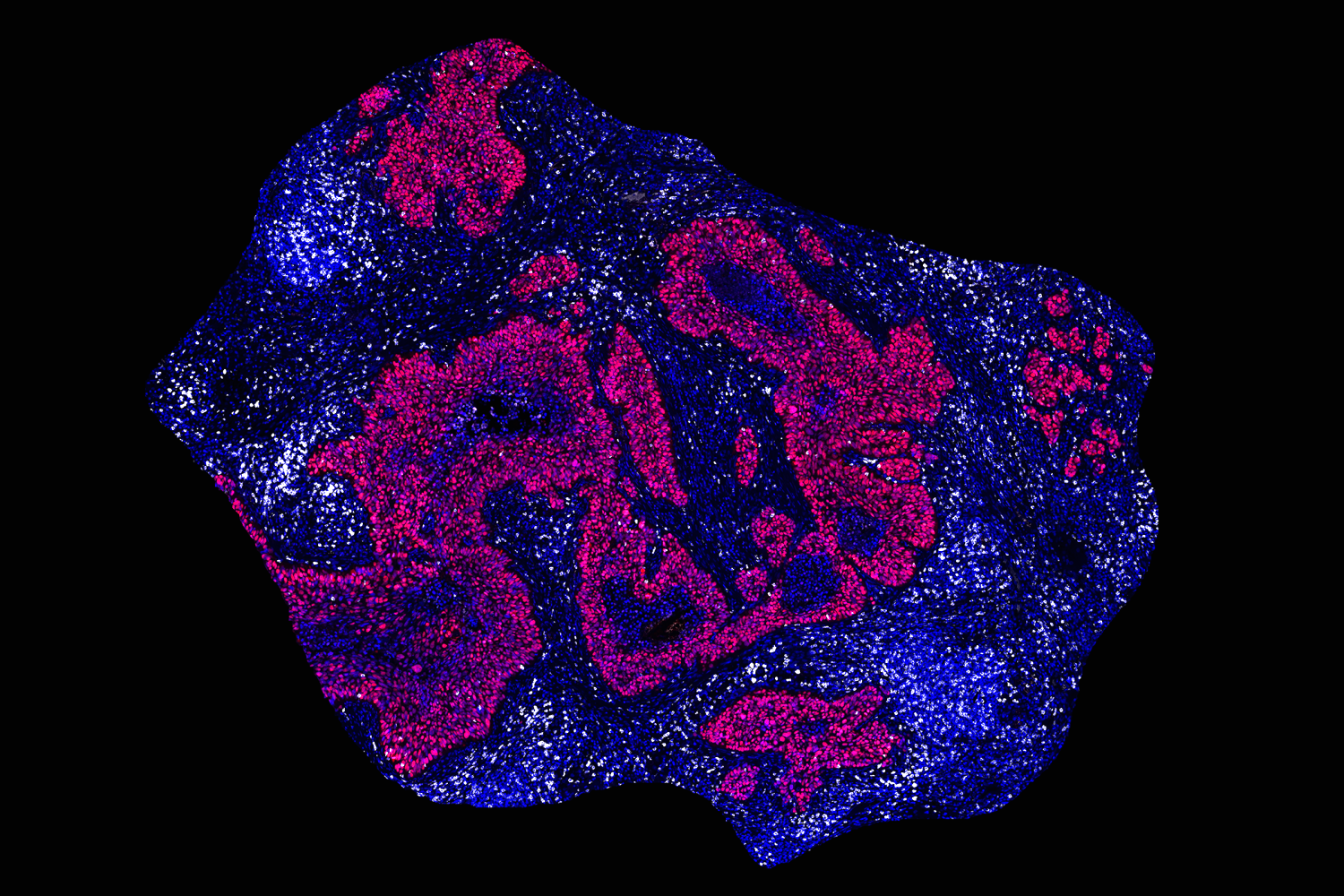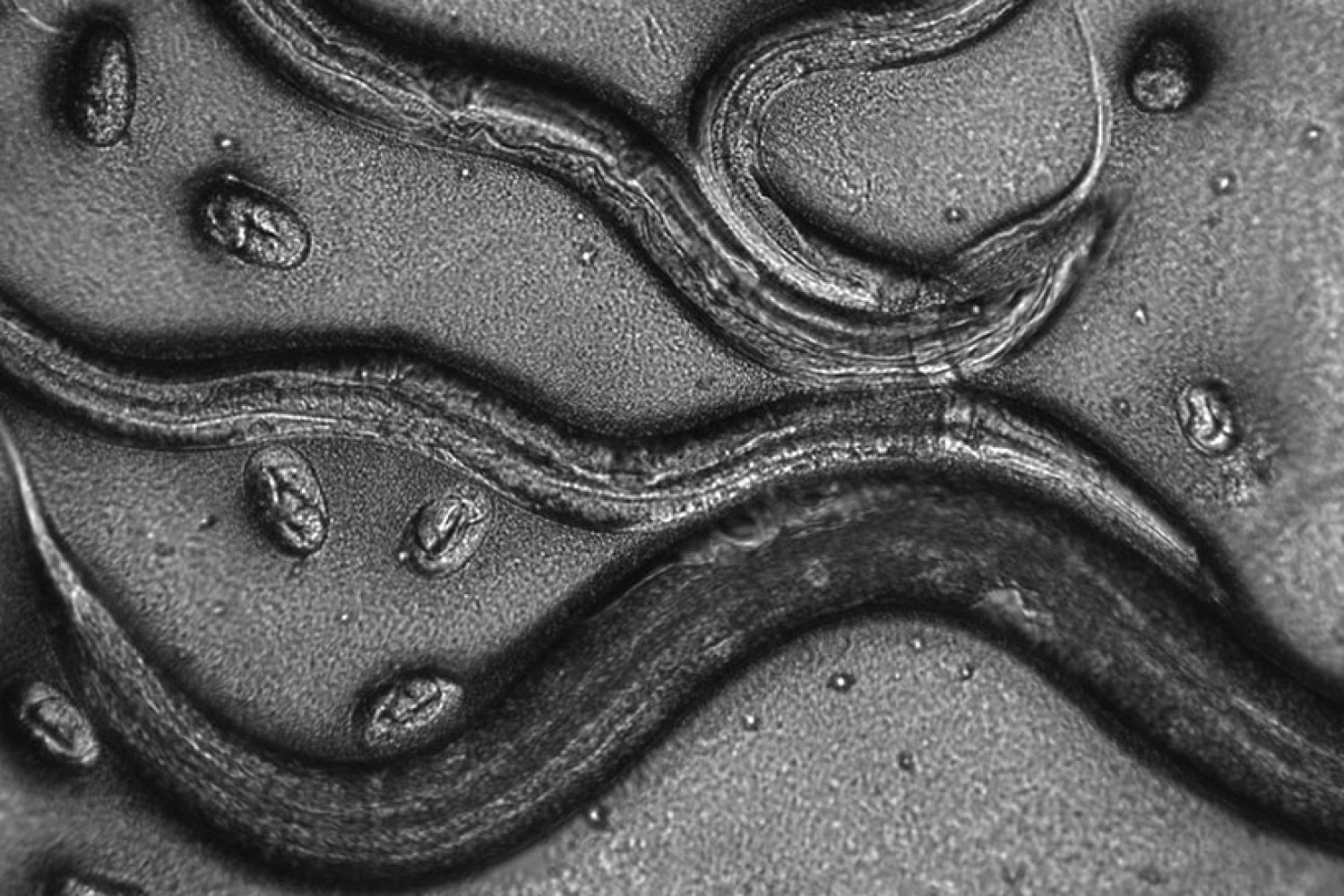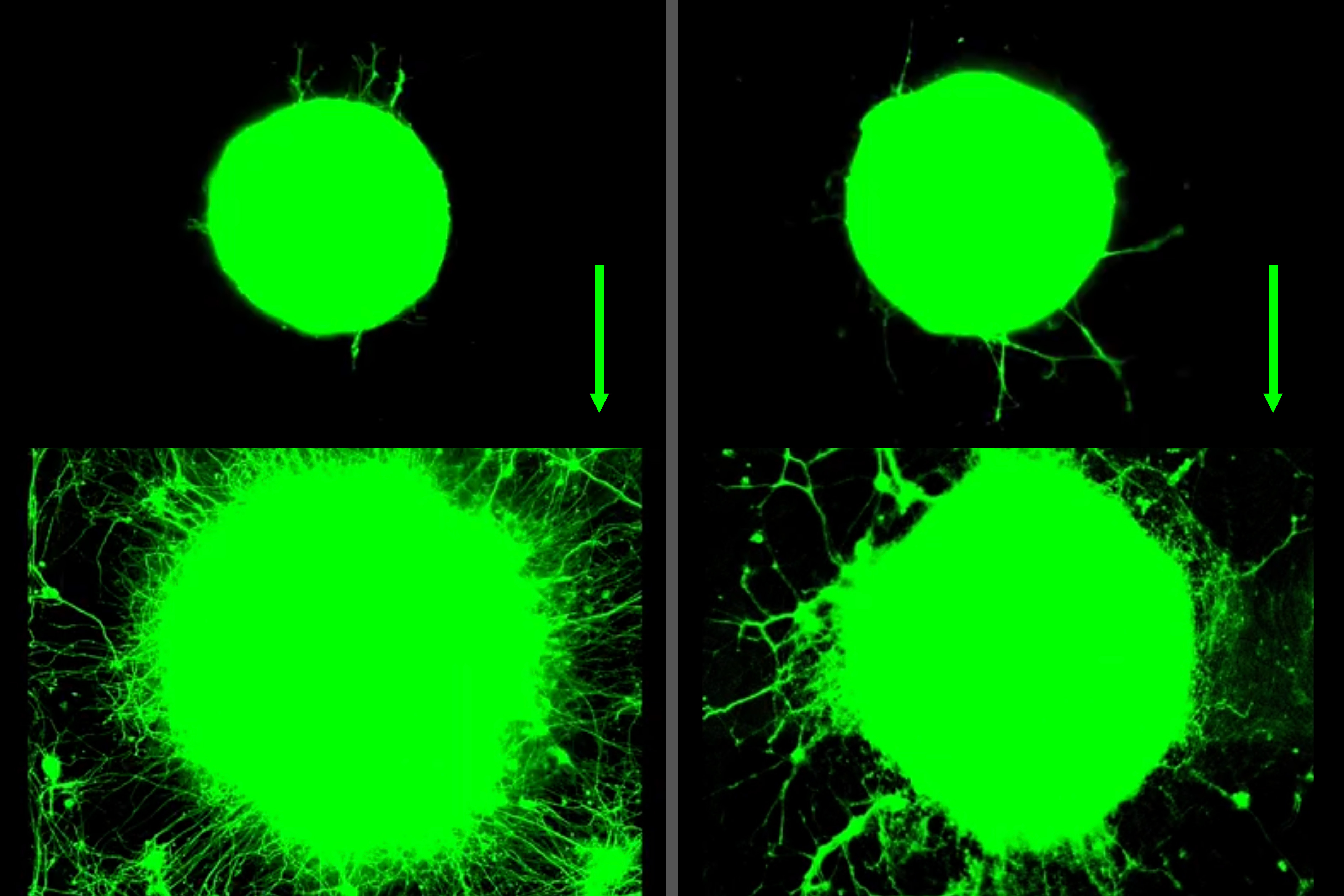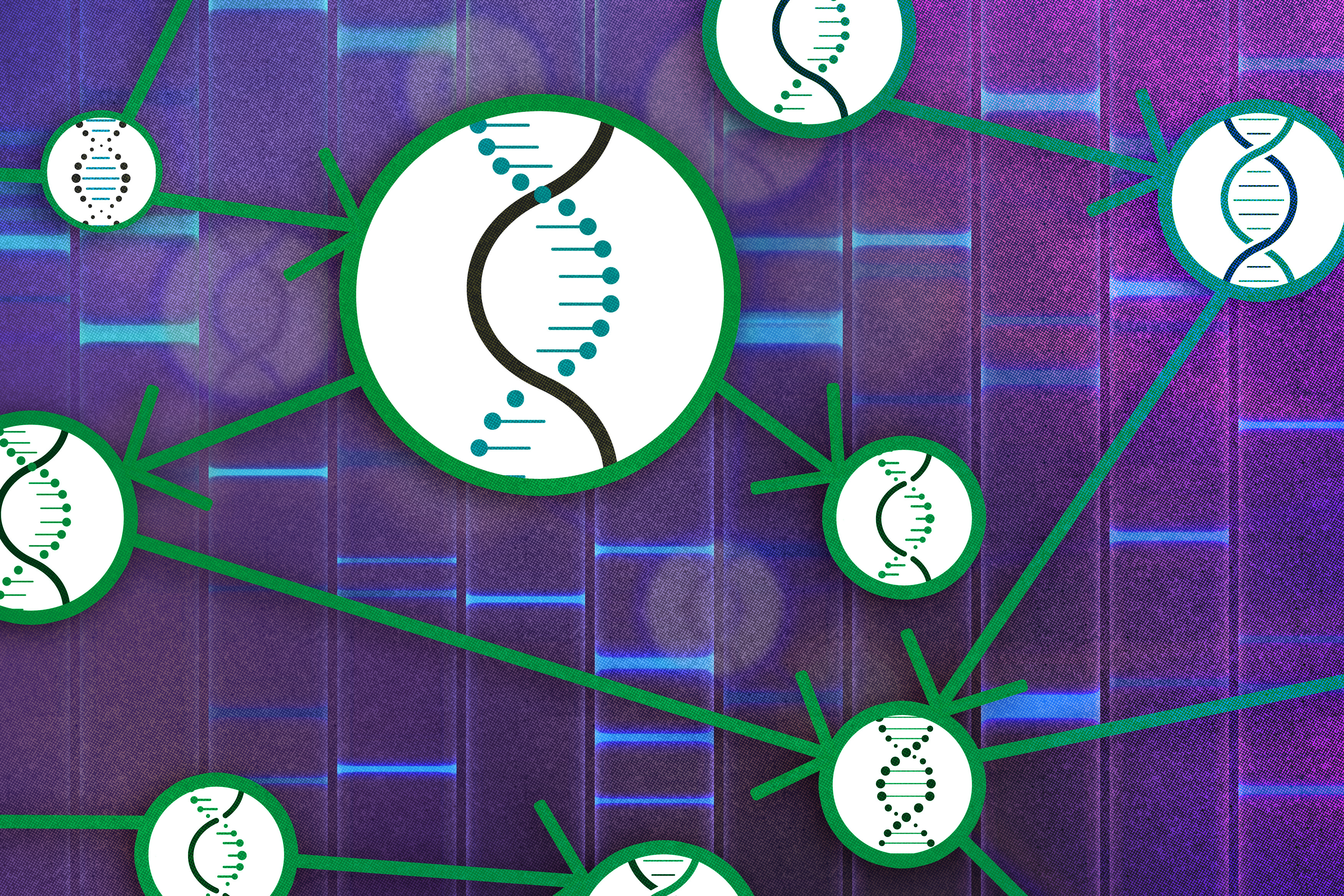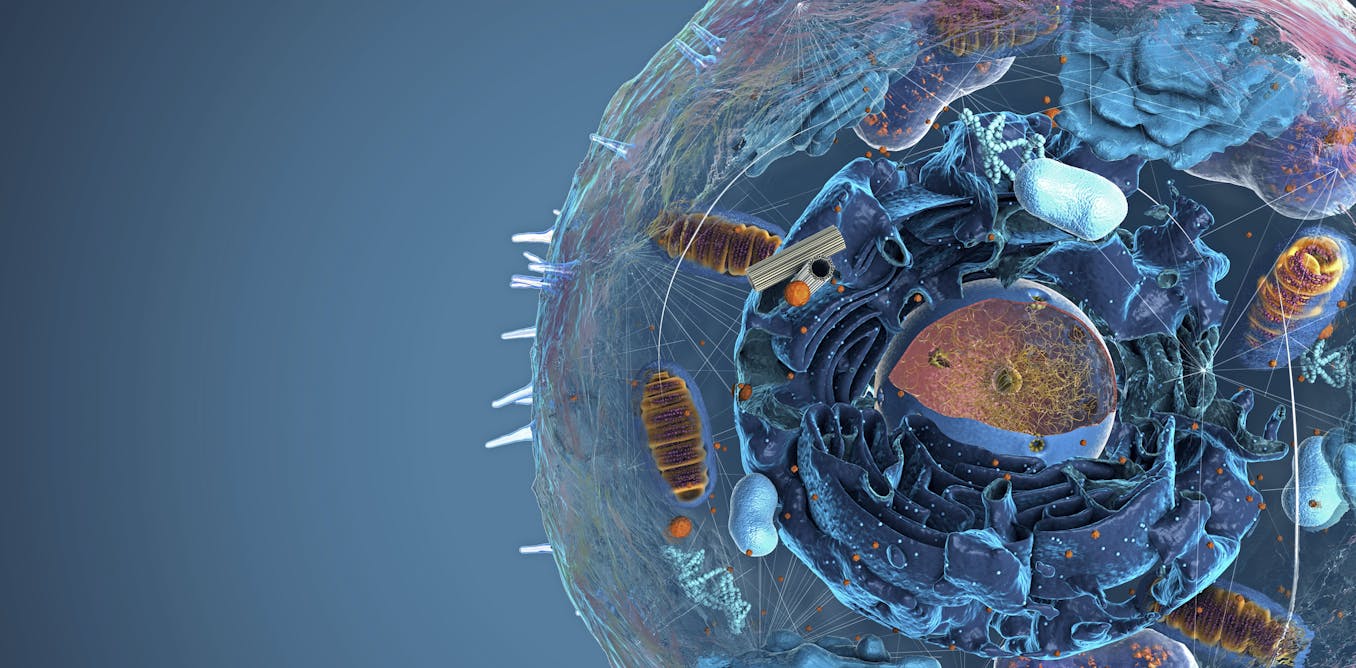Blood tests are currently one-size-fits-all − machine learning can pinpoint what’s truly ‘normal’ for each patient
A narrower, more personalized ‘normal range’ could help doctors better diagnose and treat disease in individual patients.
Brody H. Foy, Assistant Professor of Laboratory Medicine and Pathology, University of Washington •
conversation
Dec. 11, 2024 • ~7 min
Dec. 11, 2024 • ~7 min
Cellular traffic congestion in chronic diseases suggests new therapeutic targets
Chronic diseases like diabetes are prevalent, costly, and challenging to treat. A common denominator driving them may be a promising new therapeutic target.
Greta Friar | Whitehead Institute •
mit
Dec. 10, 2024 • ~10 min
Dec. 10, 2024 • ~10 min
Transplanting insulin-making cells to treat Type 1 diabetes is challenging − but stem cells offer a potential improvement
Type 1 diabetes develops when the body destroys its own insulin-producing cells. Using stem cells to replace them could be a way to get around donor shortages and transplant complications.
Vinny Negi, Research Scientist in Endocrinology and Metabolism, University of Pittsburgh •
conversation
Nov. 20, 2024 • ~8 min
Nov. 20, 2024 • ~8 min
Cells have more mini ‘organs’ than researchers thought − unbound by membranes, these rogue organelles challenge biology’s fundamentals
Membraneless organelles, also called biomolecular condensates, are changing how scientists think about protein chemistry, various diseases and even the origin of life.
Allan Albig, Associate Professor of Biological Sciences, Boise State University •
conversation
Nov. 5, 2024 • ~8 min
Nov. 5, 2024 • ~8 min
/
66




